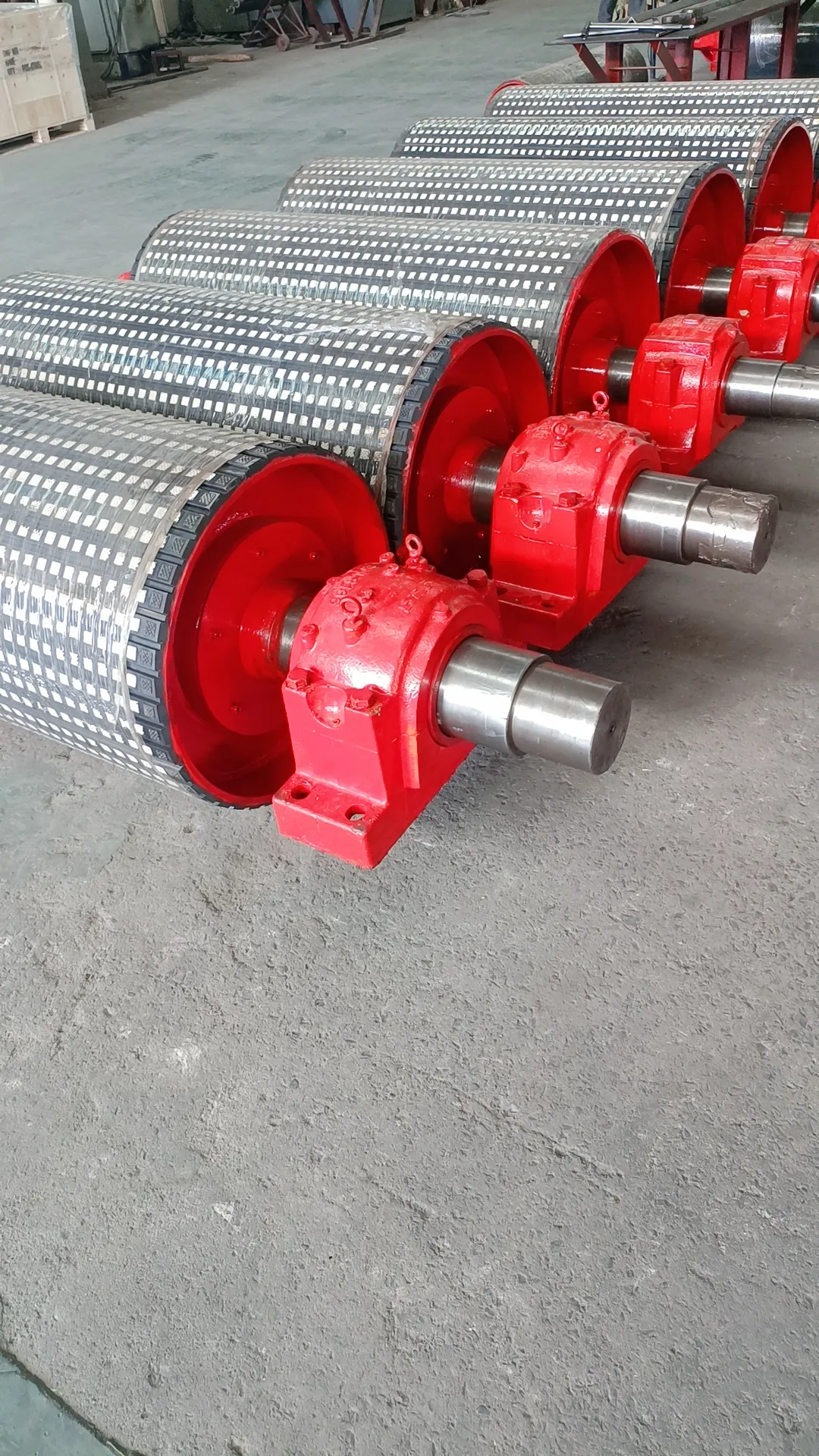 Afrikaans
Afrikaans  Albanian
Albanian  Amharic
Amharic  Arabic
Arabic  Armenian
Armenian  Azerbaijani
Azerbaijani  Basque
Basque  Belarusian
Belarusian  Bengali
Bengali  Bosnian
Bosnian  Bulgarian
Bulgarian  Catalan
Catalan  Cebuano
Cebuano  Corsican
Corsican  Croatian
Croatian  Czech
Czech  Danish
Danish  Dutch
Dutch  English
English  Esperanto
Esperanto  Estonian
Estonian  Finnish
Finnish  French
French  Frisian
Frisian  Galician
Galician  Georgian
Georgian  German
German  Greek
Greek  Gujarati
Gujarati  Haitian Creole
Haitian Creole  hausa
hausa  hawaiian
hawaiian  Hebrew
Hebrew  Hindi
Hindi  Miao
Miao  Hungarian
Hungarian  Icelandic
Icelandic  igbo
igbo  Indonesian
Indonesian  irish
irish  Italian
Italian  Japanese
Japanese  Javanese
Javanese  Kannada
Kannada  kazakh
kazakh  Khmer
Khmer  Rwandese
Rwandese  Korean
Korean  Kurdish
Kurdish  Kyrgyz
Kyrgyz  Lao
Lao  Latin
Latin  Latvian
Latvian  Lithuanian
Lithuanian  Luxembourgish
Luxembourgish  Macedonian
Macedonian  Malgashi
Malgashi  Malay
Malay  Malayalam
Malayalam  Maltese
Maltese  Maori
Maori  Marathi
Marathi  Mongolian
Mongolian  Myanmar
Myanmar  Nepali
Nepali  Norwegian
Norwegian  Norwegian
Norwegian  Occitan
Occitan  Pashto
Pashto  Persian
Persian  Polish
Polish  Portuguese
Portuguese  Punjabi
Punjabi  Romanian
Romanian  Russian
Russian  Samoan
Samoan  Scottish Gaelic
Scottish Gaelic  Serbian
Serbian  Sesotho
Sesotho  Shona
Shona  Sindhi
Sindhi  Sinhala
Sinhala  Slovak
Slovak  Slovenian
Slovenian  Somali
Somali  Spanish
Spanish  Sundanese
Sundanese  Swahili
Swahili  Swedish
Swedish  Tagalog
Tagalog  Tajik
Tajik  Tamil
Tamil  Tatar
Tatar  Telugu
Telugu  Thai
Thai  Turkish
Turkish  Turkmen
Turkmen  Ukrainian
Ukrainian  Urdu
Urdu  Uighur
Uighur  Uzbek
Uzbek  Vietnamese
Vietnamese  Welsh
Welsh  Bantu
Bantu  Yiddish
Yiddish  Yoruba
Yoruba  Zulu
Zulu vertical guide rollers
Understanding Vertical Guide Rollers An Essential Component for Industrial Applications
Vertical guide rollers are crucial components utilized across various industrial applications, particularly in manufacturing, construction, and transportation. These rollers assist in guiding, supporting, and aligning other moving mechanical parts, ensuring smooth operation and enhancing overall efficiency.
The Functionality of Vertical Guide Rollers
The primary function of vertical guide rollers is to provide stable guidance for materials and components in a vertical orientation. They are designed to handle the weight and friction of different loads while ensuring minimal alignment issues. Operating in a range of environments, vertical guide rollers find applications in conveyor systems, packaging machinery, and automated assembly lines.
When a conveyor system needs to transport heavy items or materials vertically, the vertical guide rollers come to the forefront. They ensure that items stay aligned and are directed properly throughout the movement process. These rollers help reduce the risk of jams or misalignment that can lead to equipment downtime.
Materials and Design Considerations
Vertical guide rollers can be made from various materials, depending on their intended application and required durability. Common materials include aluminum, stainless steel, and high-strength plastics. The choice of material impacts the roller’s weight capacity, wear resistance, and overall longevity.
Furthermore, the design of vertical guide rollers can vary significantly based on specific industrial requirements. Some rollers feature ball bearings for reduced friction and increased efficiency, while others may have a solid construction for additional support. The shape, size, and surface texture of a guide roller can significantly affect its performance and suitability for different applications.
Advantages of Vertical Guide Rollers
vertical guide rollers

1. Enhanced Precision Vertical guide rollers ensure that items are precisely guided along their intended paths. This precision is particularly important in manufacturing processes where misalignment could lead to defects or inefficiencies.
2. Reduced Wear and Tear By providing smooth pathways for movement, vertical guide rollers help mitigate excessive friction between components. This reduction in friction translates into lower maintenance requirements and longer equipment life.
3. Load Distribution Vertical guide rollers help evenly distribute weight across surfaces, thereby preventing localized stress that could lead to equipment failure or material damage.
4. Versatility These rollers can be combined with various systems and can adapt to different applications, making them appropriate for diverse industrial settings.
5. Ease of Installation and Maintenance Most vertical guide rollers are designed for easy installation, with straightforward mechanisms for attachment and adjustment. Additionally, maintenance can be performed quickly, facilitating minimal downtime in operations.
Conclusion
In the modern industrial landscape, vertical guide rollers prove to be indispensable for maintaining efficiency and precision. Their ability to support and guide materials while minimizing wear makes them a trusted choice for engineers and manufacturers alike. As industries continue to evolve and demand more sophisticated automated systems, the significance of vertical guide rollers will only grow.
Choosing the right vertical guide roller involves understanding specific needs and applications. With advances in materials and design technology, businesses can select rollers that enhance production efficiency, ensure safety, and deliver reliable performance. As we move forward, the role of vertical guide rollers will become increasingly pivotal in shaping the future of industrial automation and manufacturing processes.
-
Revolutionizing Conveyor Reliability with Advanced Rubber Lagging PulleysNewsJul.22,2025
-
Powering Precision and Durability with Expert Manufacturers of Conveyor ComponentsNewsJul.22,2025
-
Optimizing Conveyor Systems with Advanced Conveyor AccessoriesNewsJul.22,2025
-
Maximize Conveyor Efficiency with Quality Conveyor Idler PulleysNewsJul.22,2025
-
Future-Proof Your Conveyor System with High-Performance Polyurethane RollerNewsJul.22,2025
-
Driving Efficiency Forward with Quality Idlers and RollersNewsJul.22,2025





























